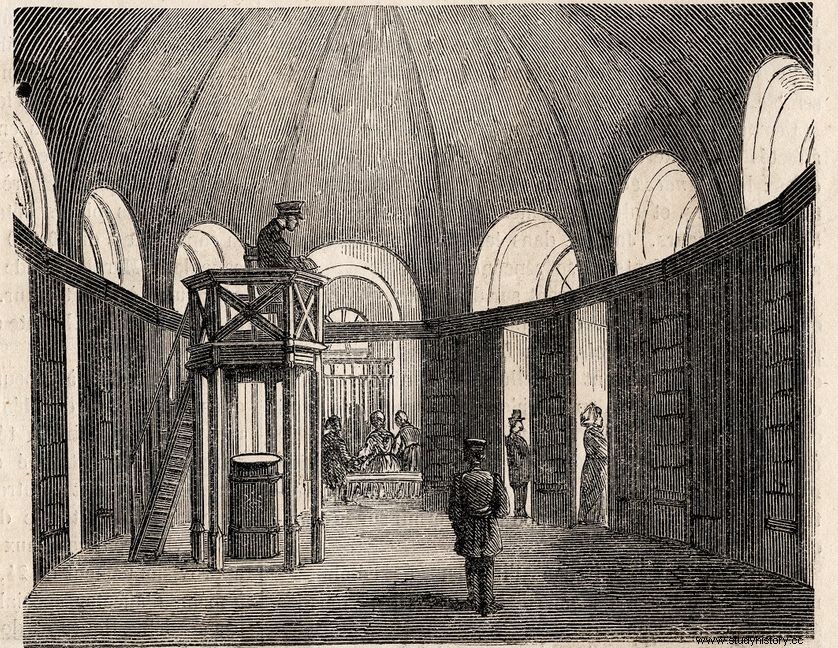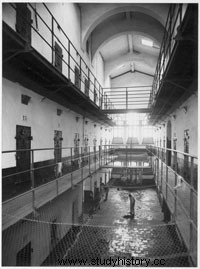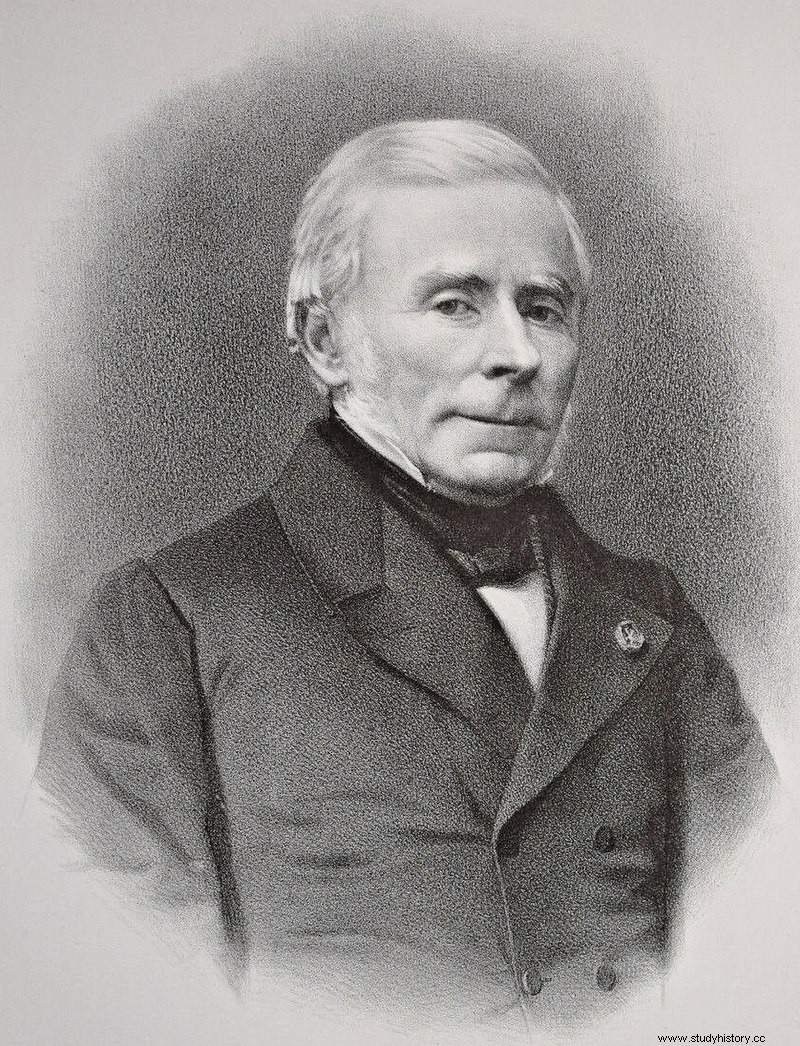Correctional colony of Eysses and Prison of Petite Roquette
One of the greatest prison reforms was put in place under the July Monarchy, in particular because of the growing crime rate and the highest recidivism rate in Europe. This reform concerns the entire penitentiary system and aims to hygienize prisons. Grab your keyring, put on your bulletproof vest and dive into the heart of a prison in 1830 to understand the major reform that took place.
A reform imagined as early as 1819
The impetus behind this large-scale prison reform came from a royal society that was formed to address this issue of the state of prisons. A royal society that brings together the most important and powerful characters therefore wonders about prisons, the best mode of detention to adopt and hygiene conditions, among other things. In addition, prisons sprang up all over France, such as the Petite Roquette prison, of which Charles X was the sponsor.
In the aftermath of the Trois Glorieuses, some eminent jurists such as Charles Lucas and Alexis de Tocqueville will give new impetus to this prison reform. Charles Lucas, jurisconsult and newly appointed Inspector General of Prisons, prepares and presents a petition to the Chamber of Deputies bringing together two major projects:a major prison reform and the abolition of the death penalty. He sees detention as a means of correcting the behavior of the detainee with a view to his release. Alexis de Tocqueville is also a trained jurist and now a famous French philosopher who has made a very important contribution to this reform of the jails of France. Indeed, Alexis de Tocqueville was commissioned by France in 1830 to study the American penitentiary system, which was effective. At the end of these first investigations in the United States, he wrote a book The prison system in the United States and its application in France (1833) which confers on him the rank of "first penitentiary of the universe", that is to say that he sees the penitentiary system as salutary and beneficial, especially in comparison with the death penalty.
Auburnians versus Pennsylvanians
Alexis de Tocqueville, on the other side of the Atlantic, sees two penitentiary systems confronting each other:that adopted by the prison of Auburn in which the prisoners live in community but must observe strict silence and that of Pennsylvania where the prisoners live and work in their cell, in constant isolation. When Alexis de Tocqueville returned to France and informed the ministry and the reformers, he presented and explained the advantages and disadvantages of the two American systems and one is tempted to believe that the choice by France of the system to adopt was only to be made. between these two models but this is not the case. Charles Lucas, for example, is not convinced by any of these systems. He deems the constant isolation enforced by the inhumane Pennsylvania system and the permanent silence of the Auburn model as too much for the inmates to bear. Doctrines, ideas and philosophy collide. Faced with Charles Lucas who imagines the prison institution as being a stage of correction with the aim of release, comes up against the ideas defended by Tocqueville who thinks that prison must be a harsh and unpleasant passage.

La Petite Roquette:Parisian prison with American style
It was in the 11th arrondissement of Paris that the Grande and the Petite Roquette were born in 1825. These two penitentiary establishments were born under the impulse of Charles X in order to lock up prisoners sentenced to prison and those sentenced to dead. The architecture of the prison and the penitentiary system adopted are often closely linked and this is particularly the case with regard to the establishment of La Petite Roquette. Lebas, the architect, designed this prison in the style of Pennsylvania establishments. It is a so-called "panopticon" prison. The panoptic plan, brought to light by Jeremy Bentham, includes a central surveillance tower around which the inmates' cells are placed. Surveillance is therefore maximal and the detainees are isolated. La Petite Roquette was demolished in 1974 because of the inhuman conditions of detention which aroused the indignation of all.






